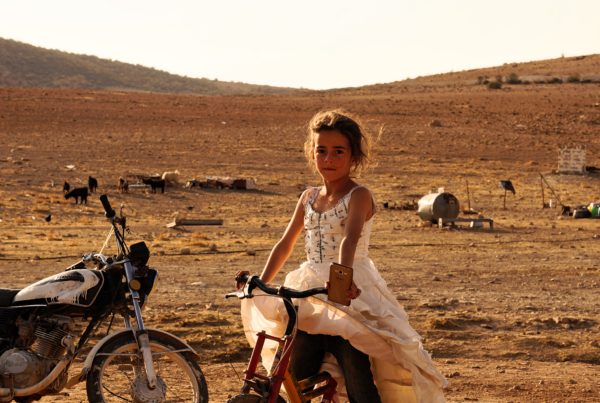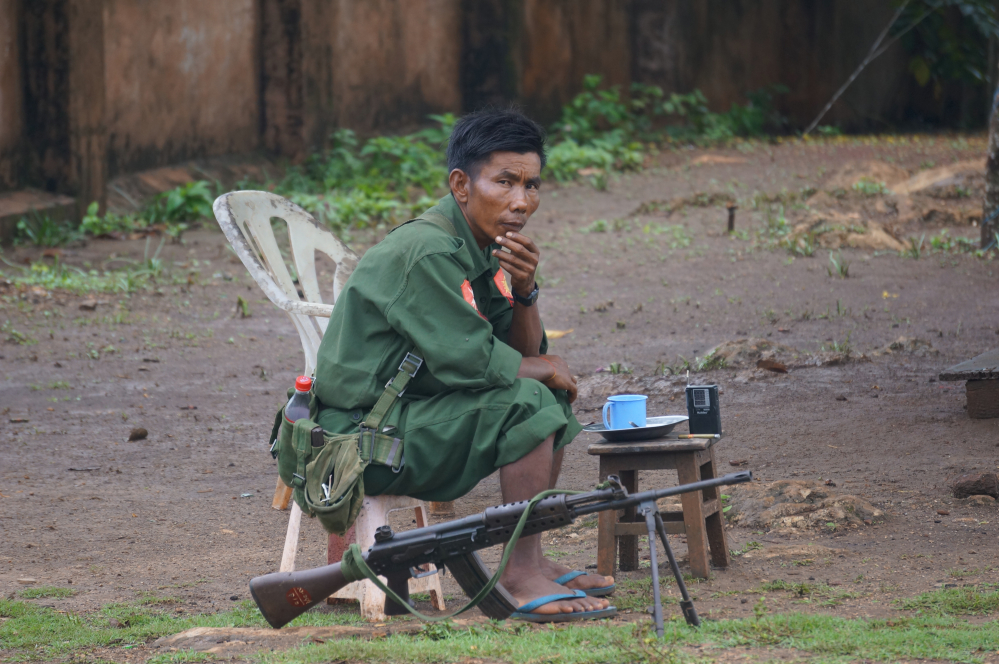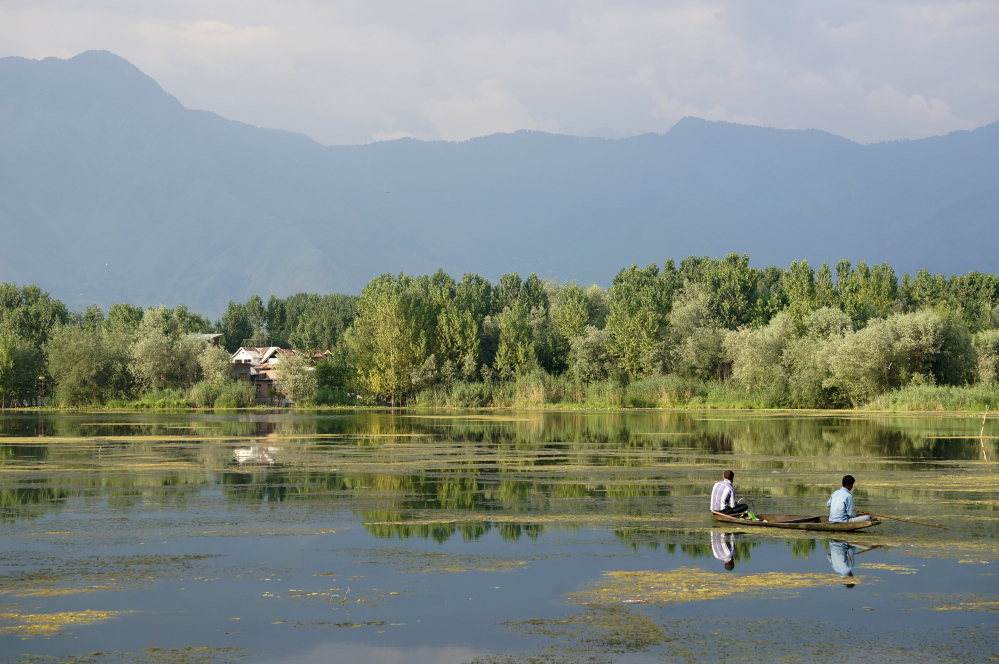Koung Jor is an unofficial refugee camp in north west Thailand occupied by Shan people from the Shan state of Burma. There have been Shan revolutionary forces in conflict with the Burmese government ever since General Ne Win took control of the country through a coup d’état in 1962. The residents of Koung Jor fled Burma in 2001 after a particularly violent period. They were protected at a temple on the border of Thailand and Burma by monks and were offered temporary accommodation on temple land. That temporary settlement was named Koung Jor which is Shan for “happy hill”.
To get to Koung Jor I pass mango, garlic and lychee trees. The camp is one street of red earth lined with wooden shack, thatched-roof infrastructure. Permanent structures are not allowed, a government restriction to ensure the people think of their stay as temporary. A scrawny monk with tattoos inhabits a hall at one end of the camp. There is a wooden slide that looks painful to ride in a lifeless playground. There are electricity lines but they are only supposed to be used for the public services – the temple and the computer room – and not the private homes. Children watch cartoons on a big television under a corrugated iron roofed shack.
The camp is within walking distance of the Thai-Burmese border. At the border the road has been cut off and replaced by barbed wire, scrub, abandoned pill boxes, and old land mines. I am told that days earlier the Thai army were shooting at border crossers and people smugglers.
I meet Satu*, who I am told is the leader of the camp. He is a white-haired Shan man who speaks English. He solders the back of a solar panel as we speak.
“There are four hundred people in the camp, officially,” he says.
There aren’t supposed to be more than that in the camp but Satu tells me if people arrive from over the border then he can’t turn them away. He thinks the number is now closer to six hundred. The Shan refugees are not officially recognised by the Thai government and are not registered with the UNHCR. Their presence is tolerated but restricted to the Chiang Mai province.
It is an area of porous borders where national boundaries don’t necessarily mean ethnic boundaries. Shan people are ethnically similar to the Thai people. Many have family who are Thai nationals. The Shan people blend in better and are considered more acceptable refugees than the Rohingya refugees who arrive in Thailand on boats.
Satu thinks his people prefer Thailand to Shan state because they can earn more money there. According to Satu, in Shan state they have to pay 35% of their wage to the revolutionary forces. Usually the Shan refugees have free movement in and out of Koung Jor and work in the surrounding area. Every so often when they return from work outside the camp they are met by the police and they have to bribe their way back in. Satu tells me that in Thailand the Shan refugees can educate their people in their own culture while they were not allowed to in Burma. He said the revolutionary forces were formed because they didn’t want to be ruled by the Burmese who look down upon them.
Satu and the residents of Koung Jor are left to ponder their fate. It’s unclear if they will ever be awarded permanent status in Thailand or if they will remain stateless temporary residents for the rest of their lives. A lingering possibility is that they will be returned to Burma as it is now deemed safe there since a 2012 ceasefire between many of the ethnic liberation armies and the Burmese government.
* Name changed to protect his identity.


